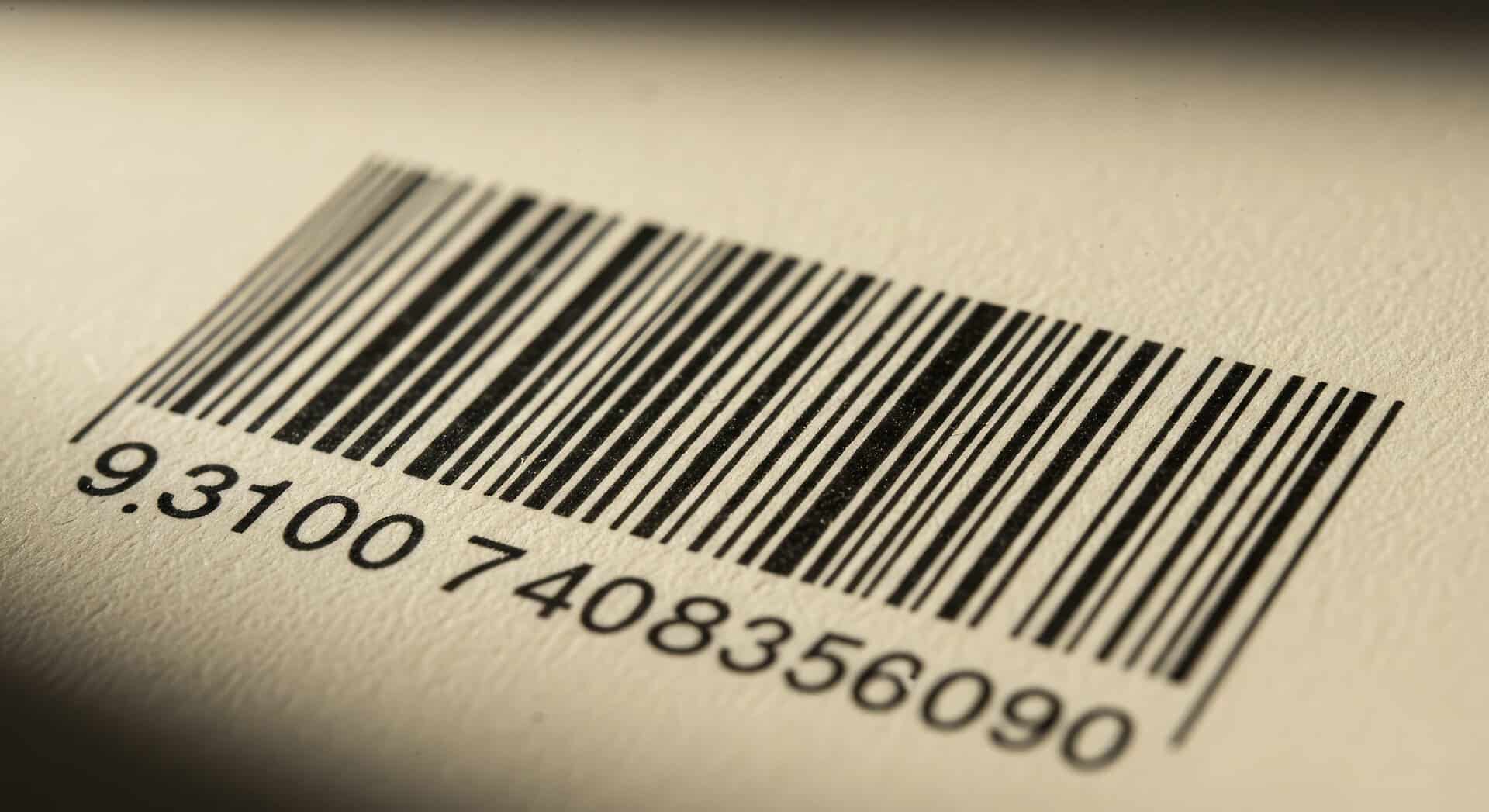Part 5 in our blog series on Food Traceability is from Tejas Bhatt, one of our guest speakers at our Food Traceability Summit that is taking place right here in Brighton, Michigan on August 19th. The original source is from “A Guidance Document on The Best Practices in Food Traceability”, Comprehensive Reviews in Food Science and Food Safety, Vol. 13, pp. 1074-1103 by Jianrong Zhang and Tejas Bhatt. We are breaking down the document into different blogs leading up to the event. This section talks about the meat supply chain. If you missed part four on dairy supply chain, you can find the link here.
Meat supply chain
For food traceability purposes, the meat and poultry sector can be further divided into three subcategories: beef, pork, and poultry. Other meats that are consumed at lower volumes than beef, pork, and poultry would follow similar traceability practices, often supported by RFID technology to improve tracking efficiency. Figures 5 and 6 show the typical stakeholders in the meat and poultry sector supply chain.
Figure 6. Critical tracking events for meat and poultry
While supply chains for specific meat and poultry commodities vary greatly, the overarching flow of food is fairly similar (see Figure 6 as example). It usually starts with the birth of the animal, followed by maturing, slaughtering, butchering, processing, distributing, and POS.
Establishments where a CTE could take place include:
- Producer facilities (farms)
- Abattoirs
- Rendering plants
- Dead stock collection points
- Border posts
- Quarantine stations
- Warehouses
- Distribution centers
- Cold storage facilities
- Health Food Stores
- Food service operator restaurants (WOAH 2013)
It is also noted that there are difficulties in tracking animals and/or their parts after slaughter, especially at non-slaughter cutting houses such as retail meat markets or food-service cutting operations. There are several intermediate CTEs within this overarching meat supply chain that also have an impact on the traceability of the food, such as shipping, receiving, comingling, and disposal.
Specialized CTE-KDE framework
Poultry
CTEs
- Egg Delivery
- Eggs to Incubator
- Hatched Eggs
- Unhatched Eggs
- Shipment of Feed to Farm Chick
- Delivery to Farm Chick Placement
- Delivery of Feed to Farm
- Mature Broilers/Spent Hens
- Broiler Pickup
- Broiler Delivery
- Broiler Dead on Arrival (DOA)
- Broiler Harvest
- Minimally Processed Meat
- Shipping to Partner
- Receiving by Partner
- Nonmeat Ingredient
- Packaged Finished Product
- Shipping to Distributor
- Receiving by Distributor
- Shipping to Retailer or Food Service Operator
- Product Disposed as Unusable Waste
KDEs
- Who
- Owner of Breeder Farm
- Owner of Hatchery
- Owner of Broiler Farm
- Owner of Feed Mill
- Owner of Processing Plant
- Owner of Cold Storage
- Owner of Retail
- Owner of Food Service Operation
- Where
- Location of Hatchery
- Location of Broiler Farm
- Location of Feed Mill
- Location of Processing Plant
- Location of Cold Storage
- Location of Retail DC/Store
- Location of Food Service DC/Restaurant
- When
- Date
- Time
- What
- Eggs
- Chicks
- Feed
- Broilers/Spent Hens
- Nonmeat Ingredients
- Packaging
- Processed Product
- Identifiers
- Breeding stock
- Flock ID
- Product
- Batch Number/Lot Number
- Use-by Date
- Sell-by Date
- Activity Types
- Purchase Orders
- Delivery Identification
- Process Identification
- Cycle Identification
- Feed Order Number
- Ticket Number
- Work Order Number
- Carrier Name
- Trailer Number
Beef
- CTEs
- Feed
- Shipping to Processing Plant
- Receiving by Processing Plant
- Live Animals
- Minimally Processed Meat
- Nonmeat Ingredients
- Packaged Finished Product
- Shipping to Distributor
- Receiving by Distributor
- Shipping to Retailer/Food Service Operator
- Receiving by Retailer/Food Service Operator
- Retail POS
- Case Opened by Food Service Operator
- Product Disposal as Unusable Waste
KDEs
- Who
- Owner of Feed Lot
- Owner of Processing Plant
- Owner of Cold Storage
- Owner of Distributor
- Owner of Retailer Store
- Owner of Food Service Operation
- Where
- Location of Feed Lot
- Location of Processing Plant
- Location of Cold Storage
- Location of Distributor
- Location of Retail Distribution Center (DC)/Store
- Location of Food Service Distribution Center (DC)/Restaurant
- When
- Date
- Time
- What
- Cattle
- Feed
- Nonmeat Ingredients
- Packaging
- Processed Product
- Identifiers
- Animal Identification
- Animal Batch
- Product
- Batch Number/Lot Number
- Use-By Date
- Sell-By Date
- Activity Types
- Purchase Order
- BOL
- Feed Order
- Cycle Identification
- Ticket Number
- Work Order Number
- Carrier Name
- Trailer Number
Pork
- CTEs
- Feed
- Hogs
- Shipping to Processing Plant
- Receiving by Processing Plant
- Minimally Processed Meat
- Nonmeat Ingredients
- Packaged Finished Product
- Shipping to Distributor
- Receiving by Distributor
- Shipping to Retailer/Food Service Operator
- Receiving by Retailer/Food Service Operator
- Retail POS
- Case Opened by Food Service Operator
- Product Disposed as Unusable Waste
KDEs
- Who
- Owner of Finishing House
- Owner of Processing Plant
- Owner of Cold Storage
- Owner of Distributor
- Owner of Retailer Store
- Owner of Food Service Operation
- Where
- Location of Finishing house
- Location of Processing Plant
- Location of Cold Storage
- Location of Distributor
- Location of Retailer
- Location of Food Service Operator
- When
- Date
- Time
- What
- Hogs
- Feed
- Nonmeat Ingredients
- Packaging
- Processed Product
- Identifiers
- Product
- Batch Number/Lot Number
- Animal Identifier
- Use-By Date
- Sell-By Date
- Activity Types
- Purchase Order
- BOL
- Feed Order
- Cycle Identifier
- Ticket Identifier
- Work Order
- Production Date
- Trailer Number
- Carrier Name
For simplicity of implementation and to maintain a focus on the more critical, immediate gaps in tracing capability closer to the consumer, the CTEs/KDEs identified above are those of primary importance subsequent to the feeding lot. In addition to these CTEs/KDEs, some other information may be collected, and may include number of dead animals, and medication for all poultry, beef and pork operations, vaccination information for the beef and pork chains, the nursery, cow/calf operation, stocker operation, and sale barns.
Also read – The Best Practices in Food Traceability


